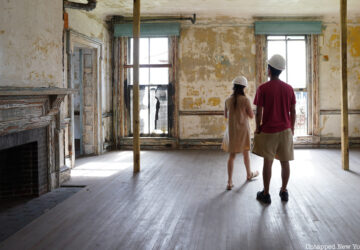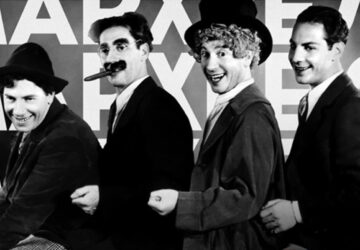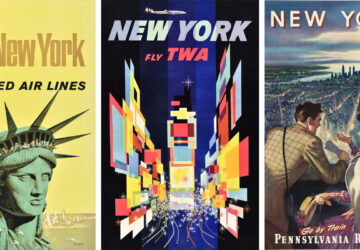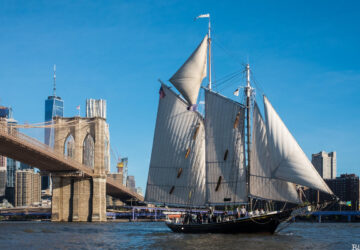7. Battery Park City Used to be Little Syria
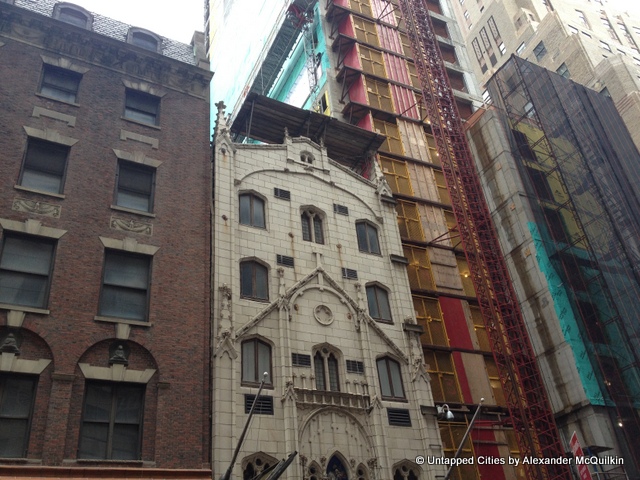
Between the 1880s and 1940s, the area that would become Battery Park City was known as Little Syria. The neighborhood stretched more or less from Washington Street to Rector Street and was a haven for immigrants from Syria, Lebanon, Jordan, and Palestine, though there were also large populations of German, Irish, and Scandinavian families as well. Among the first residents of the area were Syrian Christians, though many only stayed for a few years. Following the 1860 Syrian Civil War, many Syrian Christians came alongside a small Druze community, many working as peddlers selling all sorts of goods. Jeweler Marie el-Khoury achieved great success in the neighborhood before relocating to Atlantic City.
The community continued to grow, opening new religious institutions, but anti-Arab sentiment grew strongly in the late 1800s. Though the area had just a few thousand Arab residents, many newspapers attacked them for their customs. Many lived in small multi-family tenements, though the more wealthy residents eventually moved to Bay Ridge or Atlantic Avenue to start new communities. Despite major discrimination, many famous writers settled in the neighborhood, including Lebanese author Khalil Gibran, and established some of the first Arabic-language periodicals. The neighborhood was ultimately destroyed when construction began on entrance ramps to the Brooklyn-Battery Tunnel, and very few remnants of the neighborhood still exist.
